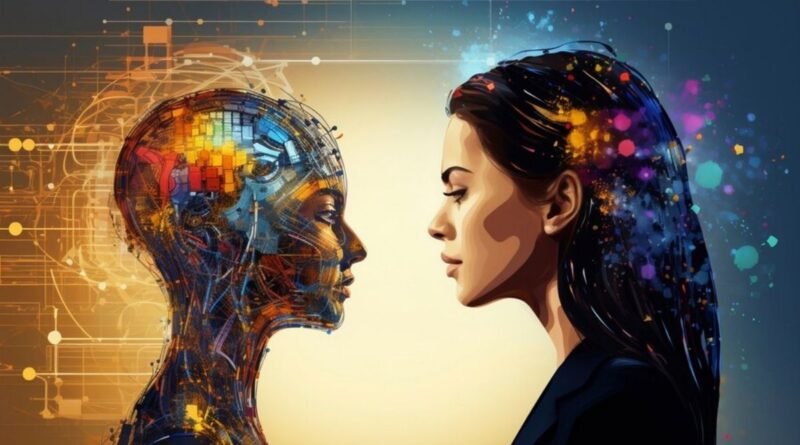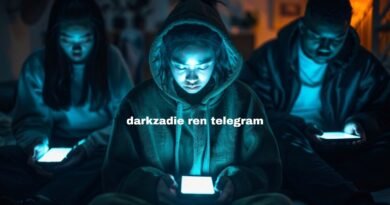The Intersection of Creativity and AI: Can Machines Truly Innovate in Art, Music, and Writing?
The Intersection of Creativity and AI
Artificial intelligence (AI) has permeated nearly every aspect of modern life, from automating routine tasks to aiding in groundbreaking scientific discoveries. But one domain where its impact is both exciting and controversial is the creative arts. The question of whether machines can genuinely innovate in fields like art, music, and writing raises profound philosophical, technical, and societal issues. Are these creations merely computational imitations, or do they signify a new form of creativity?
The Evolving Role of AI in Art
The relationship between creativity and AI in visual art is both longstanding and rapidly evolving. Early experiments with computer-generated art date back to the 1960s when pioneers like Harold Cohen developed programs capable of creating abstract compositions. Today, AI-powered tools such as generative adversarial networks (GANs) have elevated these experiments to a new level. GANs can generate remarkably lifelike images, compose surreal visuals, or mimic the styles of famous artists.
Consider the now-famous sale of “Edmond de Belamy,” an AI-generated painting, which fetched $432,500 at a Christie’s auction in 2018. While this milestone demonstrated the commercial potential of AI in art, it also ignited debates about authorship, originality, and the true meaning of artistic innovation. Can a machine, devoid of consciousness or emotional experience, create art in the same sense that humans do? Critics argue that AI lacks intentionality and that its outputs are merely reflections of the data it’s trained on. Supporters, however, see AI as a collaborative tool that expands human creativity, offering new ways to explore artistic possibilities.
AI’s Influence on Music Creation
The music industry has also embraced AI as both a creative partner and a disruptor. Tools like OpenAI’s MuseNet and AIVA (Artificial Intelligence Virtual Artist) can compose music in a variety of genres and styles, from classical symphonies to jazz improvisations. These programs analyze vast datasets of musical compositions, learning patterns, structures, and styles to generate original pieces.
One practical application of AI in music is its ability to democratize access to music production. Aspiring musicians without formal training can now leverage AI tools to compose, arrange, and produce tracks. However, critics question whether these compositions lack the emotional depth and intentionality that define human-made music. Others worry about the implications for professional musicians, particularly in an era when AI-generated background scores and jingles are increasingly used in media and advertising.
The emergence of AI tools extends even further, with platforms offering an AI music video maker to create visuals that accompany AI-generated tracks. This synergy between AI-generated music and video production demonstrates the growing integration of AI across creative domains, allowing creators to innovate in ways previously unimaginable.
Writing and AI: Crafting Narratives in the Age of Machines
In the realm of writing, AI has demonstrated remarkable capabilities, from generating coherent news articles to crafting compelling works of fiction. Language models like OpenAI’s GPT series can write essays, poems, and even full-length novels based on simple prompts. These tools are increasingly used by marketers, journalists, and authors to streamline workflows and overcome creative blocks.
However, writing—perhaps more than any other art form—raises unique ethical and creative challenges. For instance, AI’s ability to mimic human writing style raises concerns about authenticity and authorship. Is a novel truly creative if it’s partially or entirely written by an AI? Furthermore, the reliance on AI for content generation risks homogenizing creativity, as models often rely on statistical patterns rather than genuine inspiration.
Despite these challenges, AI is undeniably reshaping the writing landscape. Writers and content creators can use AI-driven tools to analyze reader preferences, suggest edits, or generate ideas. For instance, an AI video generator app can transform written scripts into engaging video content, further blurring the lines between text-based and multimedia creativity.
Can Machines Truly Innovate?
Innovation in art, music, and writing often involves breaking rules, challenging conventions, and expressing unique perspectives. These qualities seem inherently human, as they often arise from lived experiences, emotions, and intuition. AI, on the other hand, relies on analyzing existing data and patterns, leading skeptics to argue that it cannot truly innovate—only imitate.
Yet, AI’s ability to combine and recombine elements in novel ways suggests a different kind of innovation. For example, AI-generated artworks often feature unexpected juxtapositions or styles that surprise even their creators. Similarly, AI-composed music and stories can explore combinations that human creators might never consider.
One way to understand AI’s role in innovation is to view it as an extension of human creativity rather than a replacement. Just as the invention of the camera revolutionized visual art, enabling new forms like photography and film, AI offers tools that enhance and expand what humans can create. It invites collaboration, where human intuition and machine computation work together to produce something neither could achieve alone.
Ethical and Philosophical Considerations
The growing role of AI in creativity raises several ethical and philosophical questions. Who owns the rights to AI-generated works—the programmer, the user, or the AI itself? How do we ensure that AI doesn’t perpetuate biases present in its training data, particularly in sensitive creative domains? And perhaps most importantly, what does it mean to be creative in an age where machines can mimic human innovation?
The answers to these questions will likely evolve alongside advancements in AI technology. For now, they serve as reminders that the intersection of creativity and AI is as much about understanding ourselves as it is about exploring technological possibilities.
Conclusion
The intersection of creativity and AI is a frontier rich with potential and controversy. While machines may never replicate the emotional depth and lived experiences that define human creativity, they are undeniably reshaping the way we approach art, music, and writing. Rather than viewing AI as a competitor, we might consider it a collaborator—a tool that augments human ingenuity and broadens the horizons of creative expression. As we continue to explore this dynamic relationship, the ultimate measure of AI’s impact will be how it inspires humanity to redefine the very essence of creativity.




